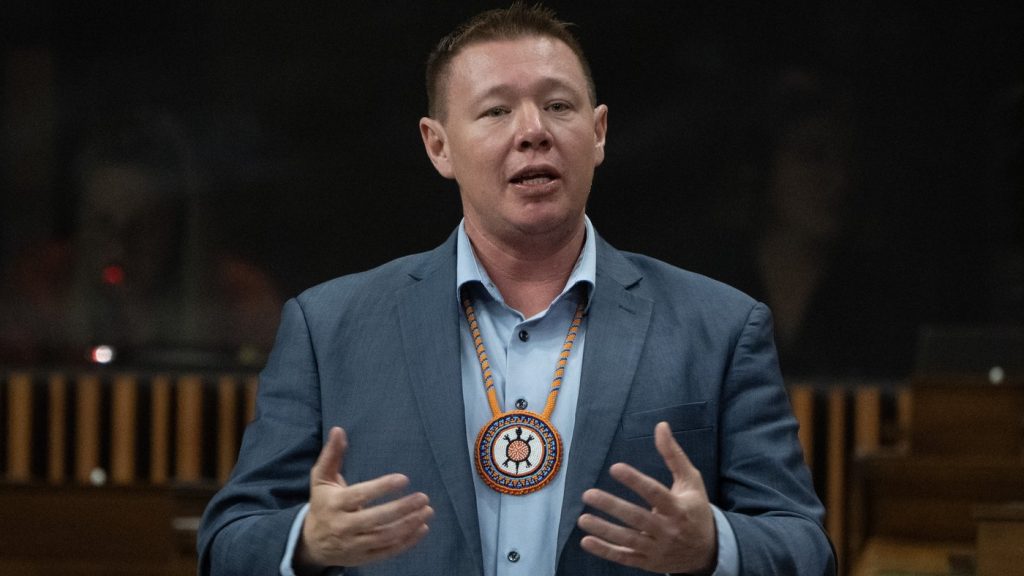Tents arrive for survivors of a quake that killed 126 in freezing, high-altitude Tibet

Posted Jan 8, 2025 04:52:44 AM.
Last Updated Jan 8, 2025 11:15:26 PM.
BEIJING (AP) — Relief teams in western China shifted their focus to resettling survivors after a search Wednesday for any remaining victims of a deadly earthquake that struck a day earlier near a holy city for Tibetan Buddhists.
Tents, quilts, stoves and other relief items were being delivered to people whose homes were uninhabitable or unsafe. State media said that more than 46,000 people had been relocated following the quake, which killed 126 and injured 188 others.
Tibetans, many of whom have fled persecution in China, held vigils for the victims in neighboring India and Nepal, both of which have sizeable communities.
The earthquake struck an outlying county in Shigatse, the second-largest city in Tibet and the traditional seat of the Panchen Lama, the second-highest figure in Tibetan Buddhism.
It was not immediately known whether he was in his Tashi Lhunpo Monastery at the time. The epicenter was about 25 kilometers (15 miles) from the main part of the city, which is called Xigaze in Chinese and sprawls across a high altitude plain.
More than 500 aftershocks were recorded after Tuesday’s earthquake, which the U.S. Geological Survey said measured magnitude 7.1. China’s earthquake center recorded a magnitude of 6.8.
The epicenter was about 75 kilometers (50 miles) from Mount Everest and the border with Nepal, where the shaking sent people running out of their homes. Earthquakes in China happen most frequently on the Tibetan Plateau or its fringes.
About 200 Tibetans lit candles and marched on the two main streets of Dharamshala, India, chanting prayers and carrying signs saying they stand with the victims and calling for aid to help them. The city in the hills of northern India is home to the Dalai Lama, Tibetan Buddhism’s highest figure. He fled Tibet in 1959 during an uprising against Chinese rule, which was seen as eroding the region’s Buddhist culture.
In the Nepalese capital Kathmandu, about 50 Tibetans chanted prayers at a Buddhist monastery. “We are praying for the souls of the so many people who lost their lives in Tibet because of the earthquake yesterday,” said Riya Tamang, who runs a shop.
The Chinese government and followers of the Dalai Lama have feuded over who should hold the position of Panchen Lama since a boy appointed by the Dalai Lama disappeared in the mid-1990s and a Chinese-backed candidate was approved for the position. The Dalai Lama has refused to recognize the current Panchen Lama.
An announcement on the Dalai Lama’s website said he would lead a prayer ceremony in memory of the victims on Thursday in Dharamshala.
“We are very clear about the separatist nature and political schemes of the Dalai Lama and remain highly vigilant,” Chinese Foreign Ministry spokesperson Guo Jiakun said when asked about the prayer ceremony.
He expressed confidence that the earthquake-affected population would be able to rebuild under “the strong leadership” of China’s ruling Communist Party.
State broadcaster CCTV aired video showing workers erecting rows of tents with metal frames and stakes to house survivors. The tents were lined with quilted padding to hold back the cold in a region with an average altitude of about 4,200 meters (13,800 feet) and where temperatures fall well below freezing overnight.
Hong Li, the director of Tibet’s Emergency Management Department, told a late Wednesday afternoon news conference that the work had shifted from search and rescue to resettlement and reconstruction.
Chinese Vice Premier Zhang Guoqing, who visited survivors, called for the acceleration of post-disaster reconstruction to ensure they can be safe and warm this winter, the official Xinhua News Agency said.
Earlier in the day, CCTV video showed rescuers in orange uniforms clambering up huge chunks of debris with sniffing search dogs. Blue disaster tents with bright red Chinese flags flapping in the wind had been set up near rows of houses that had been reduced to rubble.
Tsering Phuntsog, the Communist Party chief of Gurum village, told Xinhua on Tuesday that at least 22 of its 222 residents had perished. The victims included his 74-year-old mother.
“Even young people couldn’t run out of the houses when the earthquake hit, let alone old people and children,” the local leader said.
A preliminary survey found that more than 3,600 houses had collapsed, Xinhua said, citing the Shigatse government.
Tibet is generally closed to foreign journalists over reports about the ill treatment of the population by Chinese authorities.
___
Bodeen reported from Taipei, Taiwan. Associated Press journalists Ashwini Bhatia in Dharamshala, India, and Binaj Gurubacharya in Kathmandu, Nepal, contributed to this report.
Ken Moritsugu And Christopher Bodeen, The Associated Press








